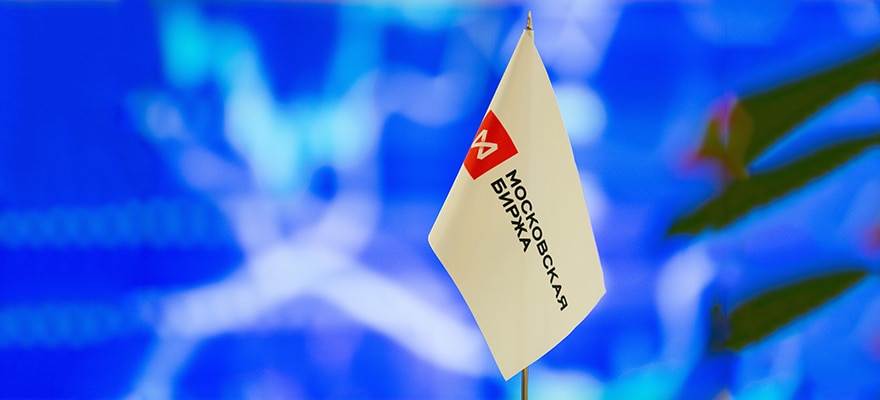Investors’ interest in OTC derivatives trading at Moscow Exchange (MOEX) continued its upward route in 2020 buoyed by a steady rise in Volatility , coupled with a multi-year effort to bring new business to the platform.
According to a recent report, open interest on MOEX’s standardised OTC derivatives market was RUB 547 billion at the end of 30 June 2020. This figure was up 25 percent year-over-year from RUB 436 billion the previous year.
Russia’s largest institutional trading venue attributed the growth to its new products and upcoming regulatory changes, which helped increase the share of interest swaps in total market turnover to 40 percent. Moscow Exchange’s derivatives offering lines up swaps, FX swaps, cross-currency swaps, FX forwards and options with maturities from three days to five years.
Further, the status of MOEX’s OTC derivatives market makes it the only venue that meets Bank of Russia’s requirements which impose mandatory clearing of interest derivatives via a central counterparty (CCP).
Moex has well over 5 million retail investors
“Market participants do not need to establish counterparty risk exposure limits or execute master agreements, thereby reducing their capital costs and allowing them to benefit from common clearing procedures and unified collateral across other MOEX markets,” the exchange operator said in a statement.
MOEX, in particular, continues to develop its infrastructure as part of a state-backed drive to make Russia’s largest institutional trading venue one of the world’s leading financial hubs. Most recently, the exchange acquired a minority stake in BierbaumPro, which owns proprietary OTC FX platform NTPro.
More than 1 million retail investors flocked to Moscow Exchange (MOEX) in the first four months of 2020, opening twice as many accounts as the monthly average in the previous year. In total, the number of retail investor accounts hit a five million milestone, up 25 percent from the year-ago levels. The exchange added an average of 258,000 individual accounts each month during the January-April period compared with a monthly average increase of 159,000 in the same interval of 2019.
The exchange, however, didn’t explain why there had been a jump in retail activity throughout 2020. But amid concerns over the economic impact from the Coronavirus outbreak, there was a brighter side for all trading platforms, which attracted a rush of business as investors scrambled to protect portfolios.
















